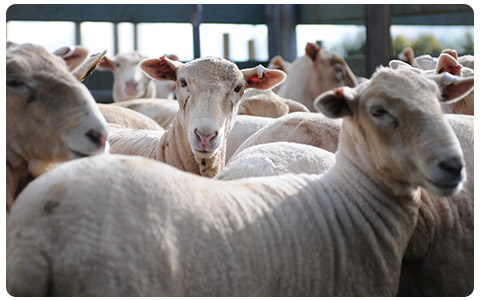Ewes
Around the time of lambing, ewes lose their acquired resistance to worms. This occurs from 2-4 weeks before lambing to 4 to 9 weeks after lambing, but may persist up to 14 weeks or more in individual ewes. This is brought on by the metabolic demands of the foetus and lactation and is not thought to be caused by the priority of the ewe to sustain the pregnancy and produce milk, which calls for preferential partitioning of protein. This phenomenon is called ‘periparturient relaxation of resistance’ or PPRR.

Because of their high egg output, lambing and lactating ewes require special attention given to their worm control. Many producers drench ewes with a long-acting drench one month before lambing commences. This is a good strategy to prevent pasture larval contamination, particularly when there is already contaminated pasture due to long grass, rain and cool weather. These conditions favour larval survival and will allow a build-up of larval numbers on pasture to dangerous levels.